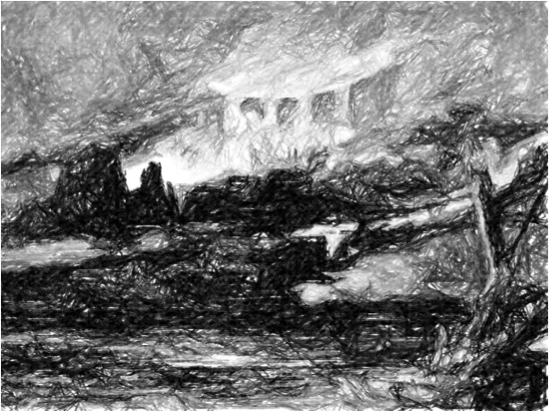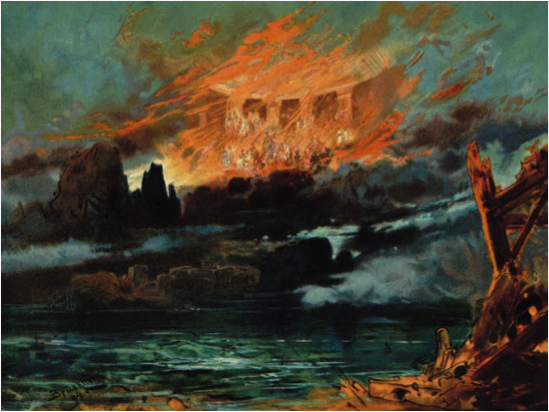Music Guide Twilight of the Gods
Wagners Oevre holds many musical mysteries. The opera Twilight of the gods is no exception:
- What question is woven into the web of fate motif?
- How does Brünnhilde love differently than Siegfried?
- What does Hagen suffer from?
The Twilight of the Gods music guide provides answers. A short synopsis of each scene provides an immediate overview.
The leitmotifs and musical design of the work are clearly explained using musical examples.
The
audio samples make the explanations easy to understand.
Scope
- 60 pages
- 39 sheet music and audio examples, playable in the browser of your smartphone or PC
Reading sample
Just as Siegfried was drawn as a differentiated character, Hagen is also not only evil, as we learn from the prelude to Act 2. The curtain opens, and we see the sleeping Hagen still in the Gibichungs’ Hall. Alberich appears to him in a nightmare: I hear you, bad Alb. Hagen struggles with his fate, and we learn what the yearning theme from this prelude was all about:
♫ Example 32: Hagen's love lament. First, the woman’s worth motif is heard. This is followed by Hagen's love lament with the hate motifs in the background. The woman’s worth motif is harmonically distorted at that prey she fell to thy craft. The recording is therefore extended beyond the musical example to his words: old in youth, weak and wan, hating the happy, ne'er am I glad. There, the woman’s worth motif clearly emerges, beginning with the tremolos.

In Hagen's lament music, upward and downward striking sevenths occur, symbols of (missed) love. The woman’s worth motif also appears.
Alberich has taken up residence in Hagen's world of thought. Both seek to corrupt Siegfried. A new motif appears which symbolizes the planned murder of Siegfried:
♫ Example 33: Derivation of the murder motif. In the recording, we first hear the renunciation motif, Hagen's love lament and the murder motif, each as shown in the musical example. This is followed by a sequence from the scene of Alberich and Hagen with the complete murder motif.

The thought of murder is thus musically explicable from Hagen's lack of love.
With the dawn the Alb disappears, and the sun rises. (...)
Samples
To hear all the audio examples click on the image


- World greeting Siegfried
- World greeting Norns
- Derivation fate weaving motif
- Valhalla motif
- Contract motif
- Complete fate motif
- Twilight of the gods motif
- Loge motif
- Rhine gold motifs
- Derivation sword motif
- Tearing rope
- Derivation hero theme
- Derivation Brünnhilde motiv
- Derivation hero love motif
- Siegfried motif
- Valkyrie motif
- Derivation freedom motif
- Derivation Hagen motif
- Gibichungs’ motif
- Magic fire and wood bird motifs
- Seduction motif
- Gutrune motif
- Enchantment scene
- Camouflage helmet motif
- Atonement motif
- Hagen's watch
- Derivation disaster motif
- Disaster motif
- Overpowering Brünnhilde
- Hate motif
- Fidelity motif
- Hagen's love lament
- Derivation murder motif
- Derivation Wedding call
- Revenge union motif
- Rhine daughters’ play motif
- Death mourning motif
- Redemption motif
- Final music
 MusiCosa
MusiCosa
